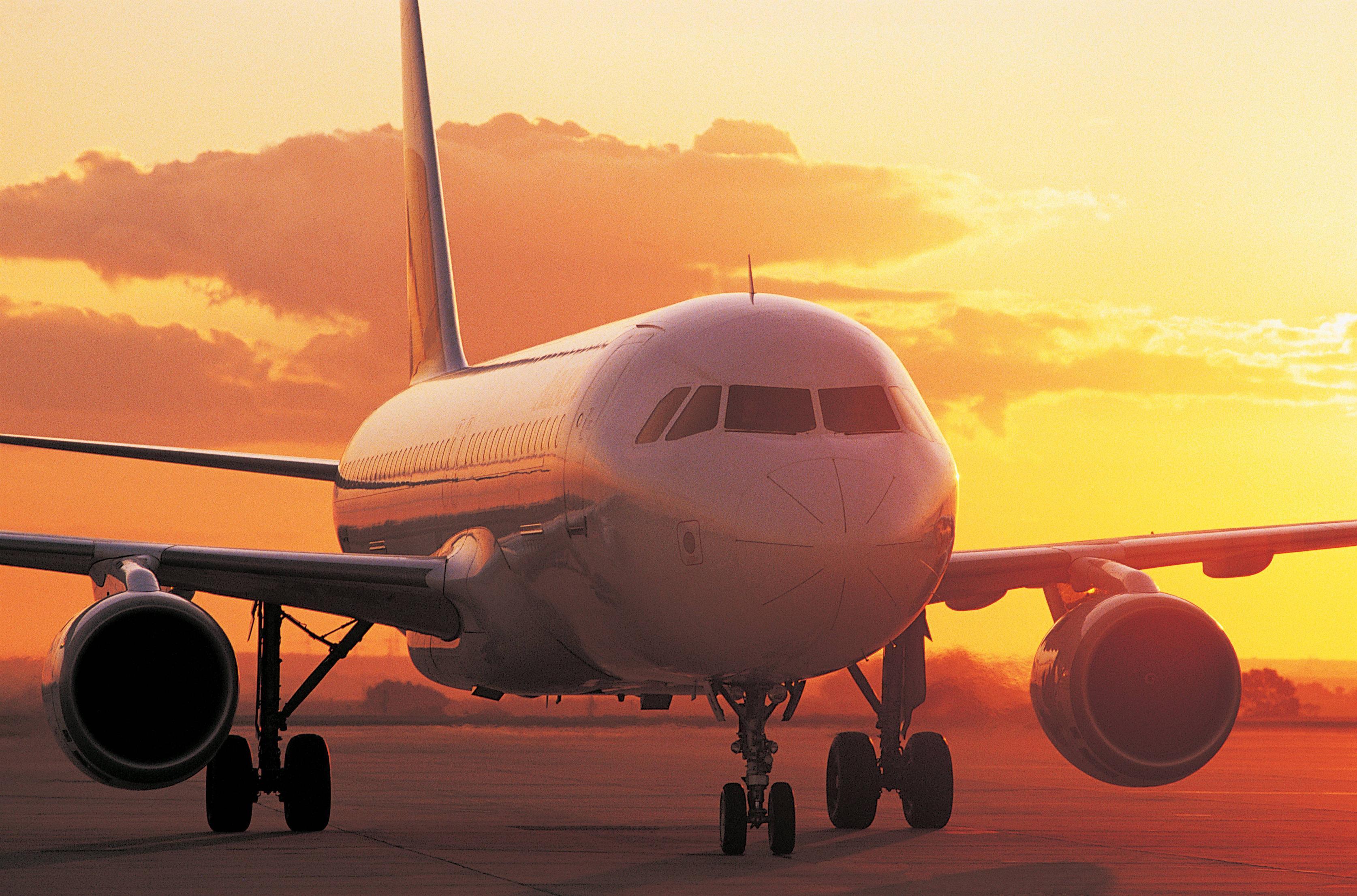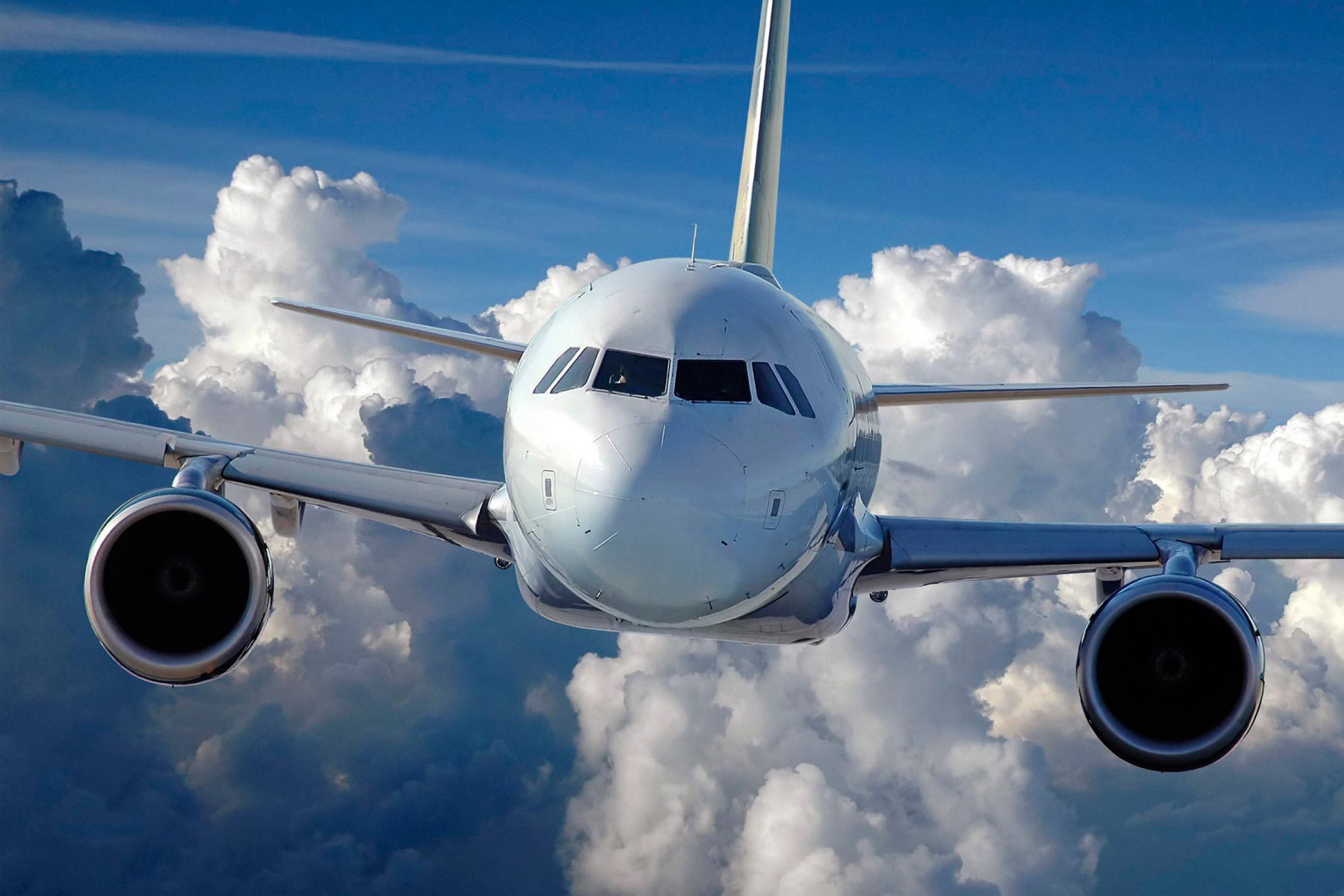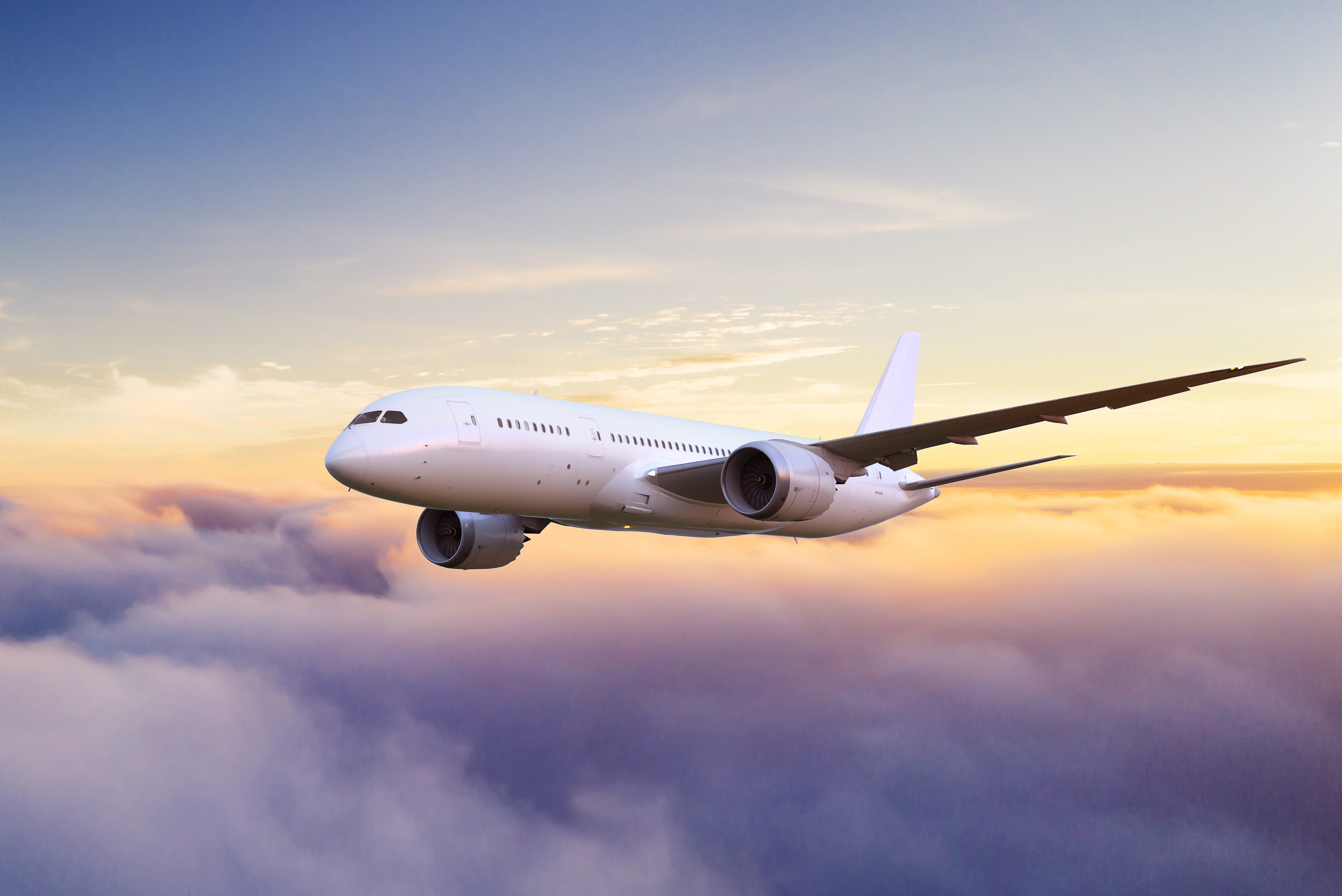Plane Catches Fire: How Quick Actions Save Lives During Unexpected Incidents
Seeing a plane catches fire, even in news headlines, can be pretty unsettling, you know? It’s a sight that naturally sparks a lot of worry for anyone who flies or just follows current events. When we hear about an aircraft emergency, particularly one involving fire, it really makes us pause and think about the safety of air travel. These kinds of events, while thankfully rare, definitely highlight the incredible systems and dedicated people who work to keep us safe in the sky.
It's interesting, isn't it, how quickly things can change on an aircraft, so too it's almost. One moment, you’re preparing for takeoff or just landed, and the next, there’s an unexpected incident. The quick response from flight crews and ground emergency teams is what truly makes a difference in these high-pressure situations, ensuring everyone gets to safety.
This article explores what happens when a plane catches fire, looking at recent real-life examples and the robust safety measures in place that protect passengers and crew. We'll also touch on how these events are investigated and what they mean for the future of air travel, just a little.
Table of Contents
- Recent Incidents: Understanding the Real-Life Events
- Why Aircraft Fires Happen: A Closer Look at Causes
- The Critical Role of Evacuation When a Plane Catches Fire
- Emergency Response Teams: The Heroes on the Ground
- Aviation Safety: How Planes Are Designed for Resilience
- The Human Experience: Onboard and Beyond
- Flight Simulators and Tracking: Tools for Aviation Enthusiasts
- A Look at the Movie "Plane" and Real-Life Incidents
- The Evolution of Flight and Safety
- Frequently Asked Questions About Plane Fires
Recent Incidents: Understanding the Real-Life Events
Aircraft fires, while not common, certainly grab our attention when they occur, very much so. We've seen a few notable instances recently that put the spotlight on emergency procedures and the rapid response of ground crews. For example, on Saturday, July 26, 2025, an American Airlines flight, AA3023, a Boeing 737 MAX 8 bound for Miami, had to be evacuated at Denver International Airport. This happened after its main wheels caught fire during what was supposed to be a routine departure, you know?
The Denver Fire Department acted quickly, and all 173 passengers along with six crew members were safely evacuated, which is a testament to well-practiced protocols. Passengers had to use the slides to get off the plane quickly, a rather intense experience for everyone involved. An investigation into this fire was launched right away to figure out exactly what happened, and stuff.
Another incident involving American Airlines at Denver International Airport happened on March 13, 2025. Passengers on American Airlines Flight 1006 were forced to evacuate after the landing gear caught fire shortly before takeoff, more or less. The plane was taking off around 2:45 p.m. on a Saturday when people on board realized something had gone wrong with the Boeing 737 MAX. This particular event led to slides being deployed so people could hurry to safety, and honestly, it’s quite a scene to imagine.
Back in March of a different year, an American Airlines flight bound for Dallas also experienced an engine fire. This was due to loose parts that had been installed in the wrong direction and fuel leaks, as an NTSB investigation later found, pretty much. These specific cases really show how diverse the causes of these incidents can be, and how important thorough investigations are for preventing future problems, you know.
Why Aircraft Fires Happen: A Closer Look at Causes
When a plane catches fire, it's often due to a combination of factors, rather than just one simple thing. One common area where issues can arise is with the landing gear, as we saw in the Denver incidents, so. The wheels and brakes generate a lot of heat during takeoff and landing, and if there's a malfunction or a component issue, this can lead to overheating and potential fires. It's a complex system, and problems can certainly pop up, like your.
Engines are another area where fires can occur, obviously. These powerful machines operate under extreme conditions, and while they are built with incredible safety features, mechanical failures, fuel leaks, or even foreign object debris can sometimes lead to an engine catching fire. The NTSB investigation into the Dallas-bound flight's engine fire, for instance, pointed to loose parts installed incorrectly and fuel leaks, which just goes to show how detailed these investigations need to be.
Beyond the landing gear and engines, electrical systems, hydraulic lines, and even cargo hold issues can, in rare instances, be sources of fire. Aircraft are packed with intricate wiring and systems, and any short circuit or component failure could potentially spark a blaze. Maintenance, too, plays a very important part; ensuring every part is correctly installed and regularly inspected helps prevent many of these problems from ever starting, you know.
The Critical Role of Evacuation When a Plane Catches Fire
When a plane catches fire, even a small one, the immediate priority is always getting everyone off the aircraft safely and quickly. This is where the training of flight crews really shines, as a matter of fact. They practice these evacuation procedures over and over, so they know exactly what to do when seconds count. Their calm demeanor and clear instructions are absolutely vital in guiding passengers during a stressful situation.
The deployment of emergency slides is a key part of this process. These slides inflate incredibly fast, providing a rapid escape route from the aircraft. Passengers are instructed to leave their belongings behind, which is often hard to do in the moment, but it’s really important for ensuring a swift and unobstructed exit for everyone. Every second counts, so carrying bags would only slow things down, you know.
For passengers, staying calm and following the crew's directions is the most important thing you can do. Panicking can make the situation more dangerous for everyone involved. It's a rather intense experience, but listening to the professionals and moving quickly and orderly is what gets everyone to safety. The success of these evacuations, like the one at Denver International Airport where all 173 passengers and six crew members got out safely, truly highlights the effectiveness of these practiced procedures, you know.
Emergency Response Teams: The Heroes on the Ground
When a plane catches fire, it’s not just the flight crew who spring into action; a whole network of ground emergency services is alerted and responds swiftly. Airport fire departments, like the Denver Fire Department in the incidents we discussed, are specifically trained and equipped to handle aircraft fires, which are very different from building fires, you know.
These teams arrive on the scene incredibly fast, often within minutes of an alarm. They have specialized vehicles and extinguishing agents designed to combat aviation fuel fires and other unique challenges presented by aircraft materials. Their quick arrival is absolutely essential for containing the blaze and ensuring the safety of those evacuating the aircraft, you know.
Beyond extinguishing the fire, these first responders also play a significant role in assisting with the evacuation, helping passengers move away from the burning aircraft to a safe distance. Their coordination with airline personnel and airport operations is seamless, all working together to manage the crisis effectively and minimize any harm. It's a really impressive display of teamwork and preparedness, honestly.
Aviation Safety: How Planes Are Designed for Resilience
The aviation industry operates under some of the most stringent safety regulations in the world, and for good reason. Aircraft are designed with multiple layers of redundancy, meaning that if one system fails, there's usually a backup to take its place. This is true for everything from electrical systems to hydraulic controls, which is quite reassuring, you know.
Before any new aircraft takes to the skies, it undergoes incredibly rigorous testing to ensure it can withstand a wide range of conditions and potential failures. This includes tests for fire resistance in various components and systems. Regular maintenance checks are also a cornerstone of aviation safety. Planes are inspected frequently, often after every flight, and undergo more extensive checks at set intervals to catch any potential issues before they become serious problems, you know.
Pilot training is another key aspect. Pilots are not just taught how to fly; they spend countless hours in simulators practicing emergency procedures, including how to handle engine fires, landing gear malfunctions, and rapid evacuations. This comprehensive training ensures they are prepared for nearly any scenario, allowing them to make quick, informed decisions under pressure, which is something you really want in a pilot, you know.
Regulatory bodies like the FAA in the United States, and similar organizations worldwide, set and enforce these strict safety standards. They also investigate incidents thoroughly, like the NTSB investigating the American Airlines fires, to learn from every event and implement improvements. This continuous cycle of design, testing, operation, and learning is what makes air travel incredibly safe today, and frankly, it's pretty amazing how much goes into it.
The Human Experience: Onboard and Beyond
For passengers who experience a plane catches fire incident, the moments can be incredibly frightening, honestly. The sudden realization that something is wrong, the instructions to evacuate, and the sight of smoke or flames can be deeply unsettling. Many describe a mix of fear and adrenaline, followed by immense relief once they are safely off the aircraft, you know.
The crew members, however, often put their own safety second to ensure everyone else gets out. Their professionalism and calm guidance are frequently praised by passengers after such events. They are trained to manage chaos and prioritize lives, which is a really demanding job, especially in an emergency. It takes a very special kind of person to do that, you know.
After an incident, there's often an emotional toll, both for passengers and crew. While physically unharmed, the experience can be quite traumatic. Airlines typically offer support to those affected, recognizing the psychological impact of such events. It's a reminder that behind every incident, there are real people with real experiences, and their well-being is a very important part of the recovery process, you know.
Flight Simulators and Tracking: Tools for Aviation Enthusiasts
For those fascinated by aviation, or even just curious about how planes work and where they fly, there are some pretty cool tools available. GeoFS, for example, is a free flight simulator that uses global satellite images, and you can run it right in your web browser or as a mobile app. It gives you a sense of what it's like to fly, from the pilot's perspective, which is pretty neat, you know.
Then there's the world’s most popular flight tracker, which allows you to see planes moving in real-time all over the globe. It's really quite amazing to watch flights, track their progress, and see how busy the skies truly are. These tools, while not directly related to emergency situations, do help foster a greater appreciation for the complexity and scale of air travel, you know.
For those who want to stay even more informed, Flying Magazine has been a trusted source for aviators since 1927. They offer the latest aviation news, pilot resources, and aircraft reviews. It's a great way to keep up with developments in the industry, from new aircraft designs to safety advancements, and stuff. All these resources help us understand the broader context of aviation, beyond just the headlines about incidents, you know.
A Look at the Movie "Plane" and Real-Life Incidents
It's interesting how real-life incidents sometimes mirror or inspire fictional stories. The movie "Plane," released in the United States on January 13, 2023, stars Gerard Butler, Mike Colter, Tony Goldwyn, and Yoson An. The plot involves a pilot who finds himself caught in a war zone after he's forced to land his commercial aircraft, which is a rather dramatic scenario, you know.
The film received generally favorable reviews from critics and grossed $74.5 million worldwide on a $25 million budget. While the movie portrays an extreme situation of an aircraft emergency in a war zone, it does tap into the public's fascination with and apprehension about plane incidents. It's a reminder that while real-life events are serious, they rarely involve the same kind of geopolitical drama seen on screen, you know.
Comparing such a movie to actual events, like the American Airlines fires, highlights the difference between cinematic thrills and the methodical, safety-driven response in reality. In real life, the focus is always on rapid evacuation, fire suppression, and thorough investigation, not on surviving a war zone after an unexpected landing, which is, honestly, a much more reassuring reality, you know.
The Evolution of Flight and Safety
Thinking about how far we've come in aviation is pretty remarkable, you know. Back in 1903, Orville Wright made the first powered flight in a small plane called the Wright Flyer at Kitty Hawk in North Carolina. He managed to fly for a mere 12 seconds and moved only 120 feet. That's a tiny hop compared to today's long-haul flights carrying hundreds of passengers, you know.
From those humble beginnings, aircraft have evolved dramatically. An aircraft may also be referred to as an airplane, an airliner, or just a plane. It can be powered or unpowered and come in various shapes, such as balloons, gliders, and helicopters. While an aircraft defies gravity to fly in the air, the difference between a jet and a plane can sometimes become unclear with the advent of different types of aircraft, though "dreams of flying" is quite a different concept altogether, you know.
The continuous innovation in aircraft design, materials, and safety protocols since the Wright brothers' first flight is what has made air travel the incredibly safe mode of transport it is today. Every incident, even minor ones, contributes to a deeper understanding of aviation safety, leading to improvements that benefit everyone who flies. It’s a testament to ongoing dedication to making the skies safer, which is really something to appreciate, you know. Learn more about aviation safety investigations from official sources.
Frequently Asked Questions About Plane Fires
How often do plane fires happen?
Plane fires, especially those that require evacuation, are actually quite rare, you know. The aviation industry has incredibly strict safety protocols and maintenance checks in place to prevent such incidents. When they do occur, they are often minor and quickly contained by the aircraft's systems or ground crews, you know.
What should passengers do if a plane catches fire during an emergency?
If a plane catches fire or there's an emergency requiring evacuation, the most important thing for passengers to do is remain calm and immediately follow all instructions from the flight crew, you know. They are highly trained for these situations. Leave all personal belongings behind, move quickly to the nearest exit, and use the emergency slides if deployed, you know.
Are plane evacuations safe?
Yes, plane evacuations are designed to be as safe as possible, and honestly, they are practiced extensively by flight crews. The goal is to get everyone off the aircraft within 90 seconds, even if half the exits are blocked. While it can be a jarring experience, the procedures and equipment, like the evacuation slides, are specifically designed to minimize injury and ensure everyone gets to safety, you know.

Wallpapers Of Aeroplanes - Wallpaper Cave

Plane Wallpapers Images Photos Pictures Backgrounds

Why Is "Airplane" Also Spelled “Aeroplane"? | Reader's Digest